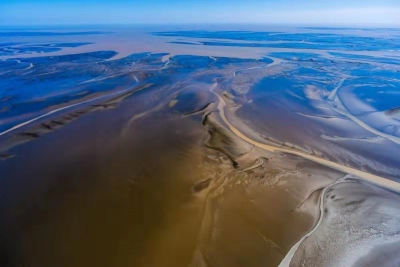Paraty and Ilha Grande, Brazil get UNESCO World Heritage Title

This World Heritage Site is located near Rio de Janeiro, Brazil. Dating back to the 18th Century, Paraty is one of Brazil’s best-preserved colonial coastal towns. It is lined with cobblestone streets and calm beaches. Ilha Grande, once the home of a maximum-security prison housing Brazil’s most-wanted, is today home to some of the world’s most threatened species that find shelter in the four protected areas of the Brazilian Atlantic Forest. With Paraty’s rich culture, and Ilha Grande’s vast forests, this property is listed as a mixed world heritage site.
“The most interesting thing about this title is not to attract tourists to a specific event. All cultural and environmental beauties are in the municipality for 365 days a year, so the visitor will be able to enjoy it all on any day. This is very important because it unlocks the flow of tourism on specific dates of events. It is very good because it is another action against the seasonality of tourism,” argued Paraty Culture Secretary Cristina Masela.
“In Paraty and Ilha Grande, we see in an exceptional and unique way a combination of natural beauty, unique biodiversity, cultural manifestations, a preserved historical complex, and archaeological testimonies important for understanding the evolution of humanity on planet Earth”, said the president of Institute of National Historical and Artistic Heritage.
Picture Credit : Google













